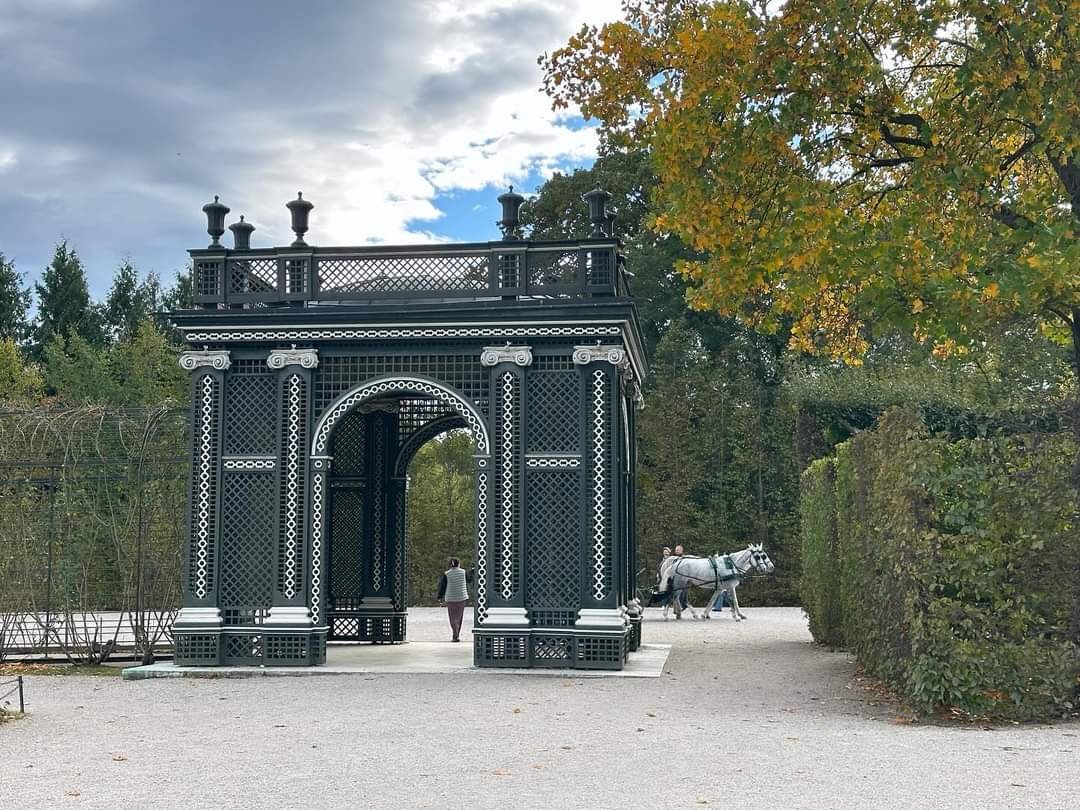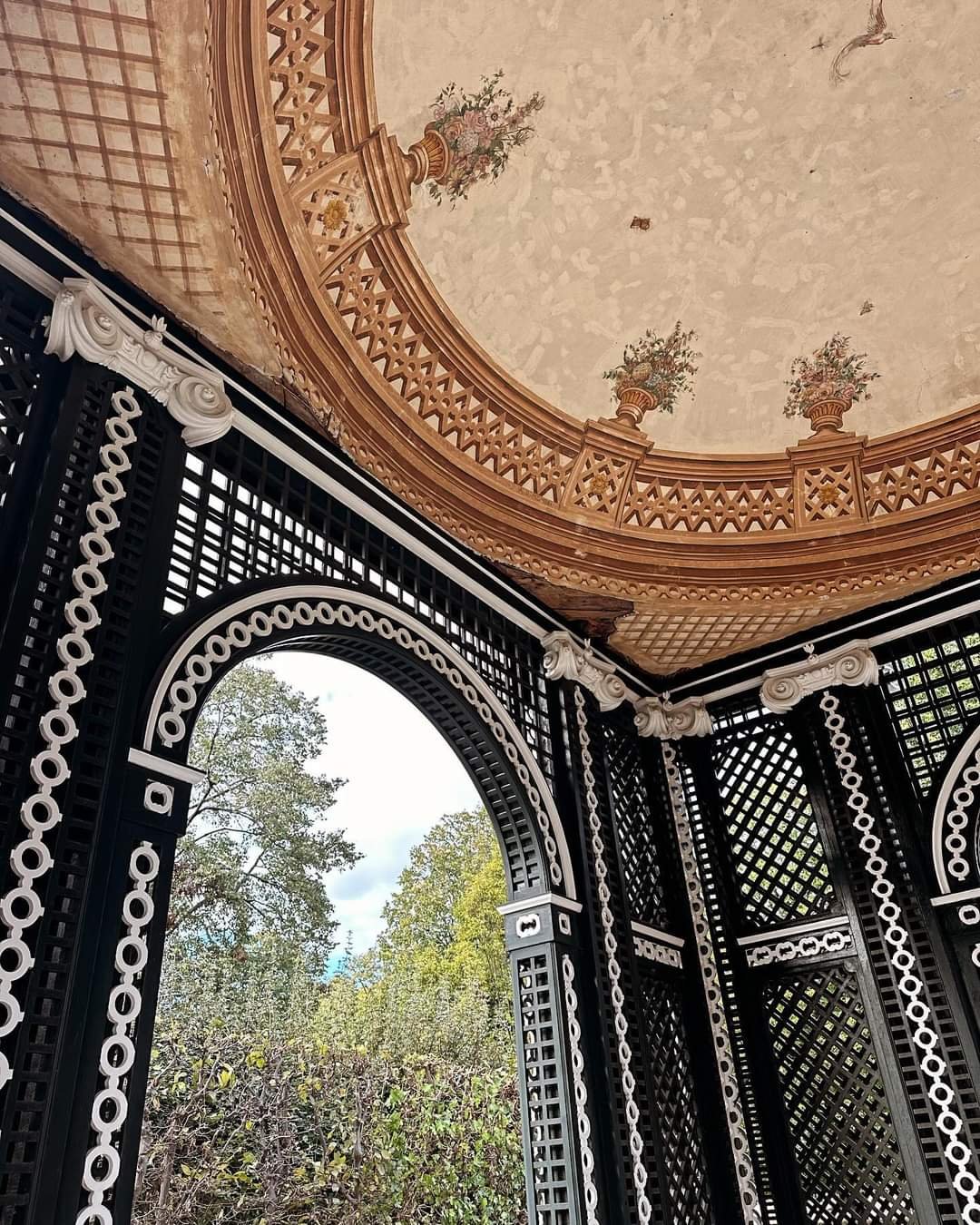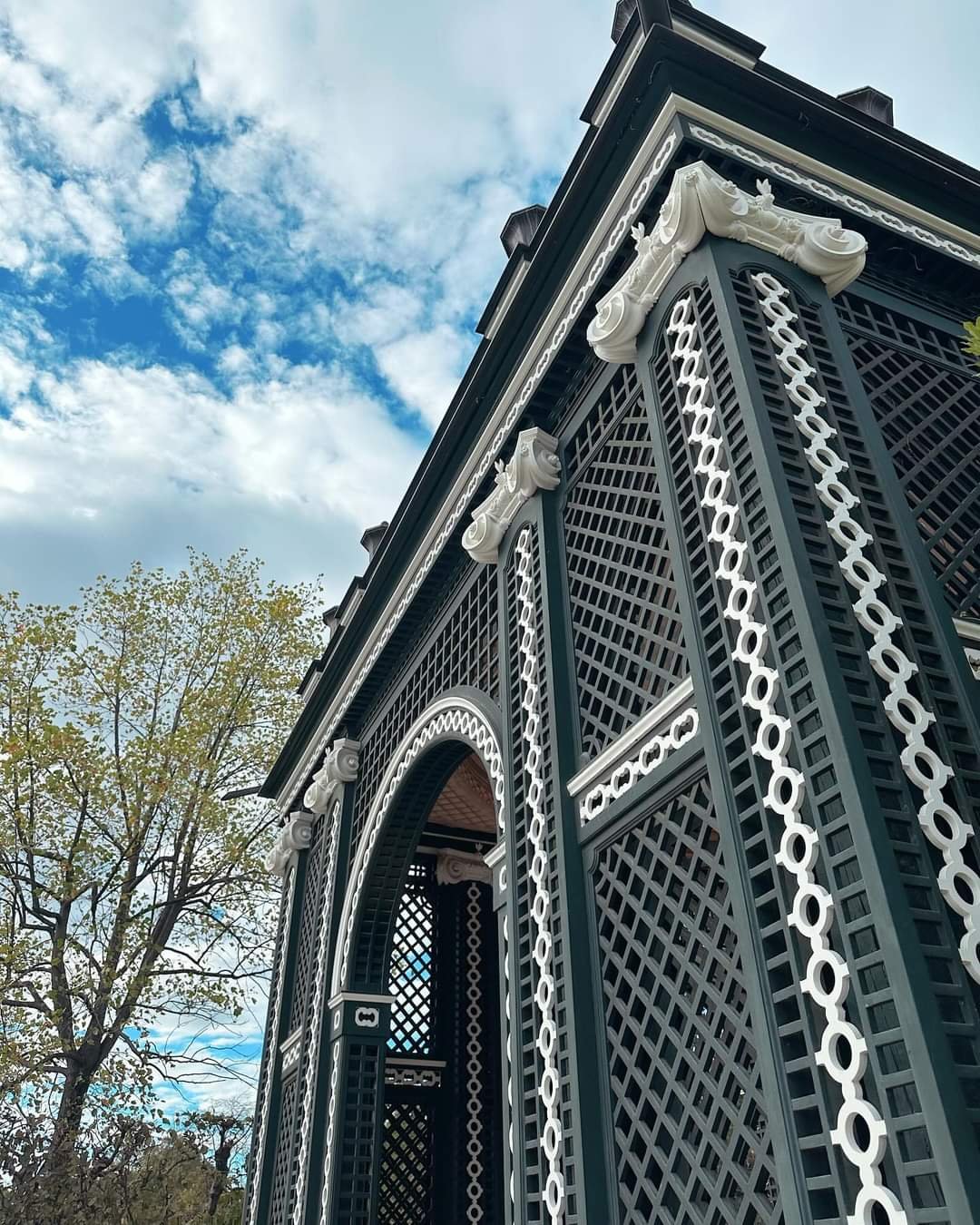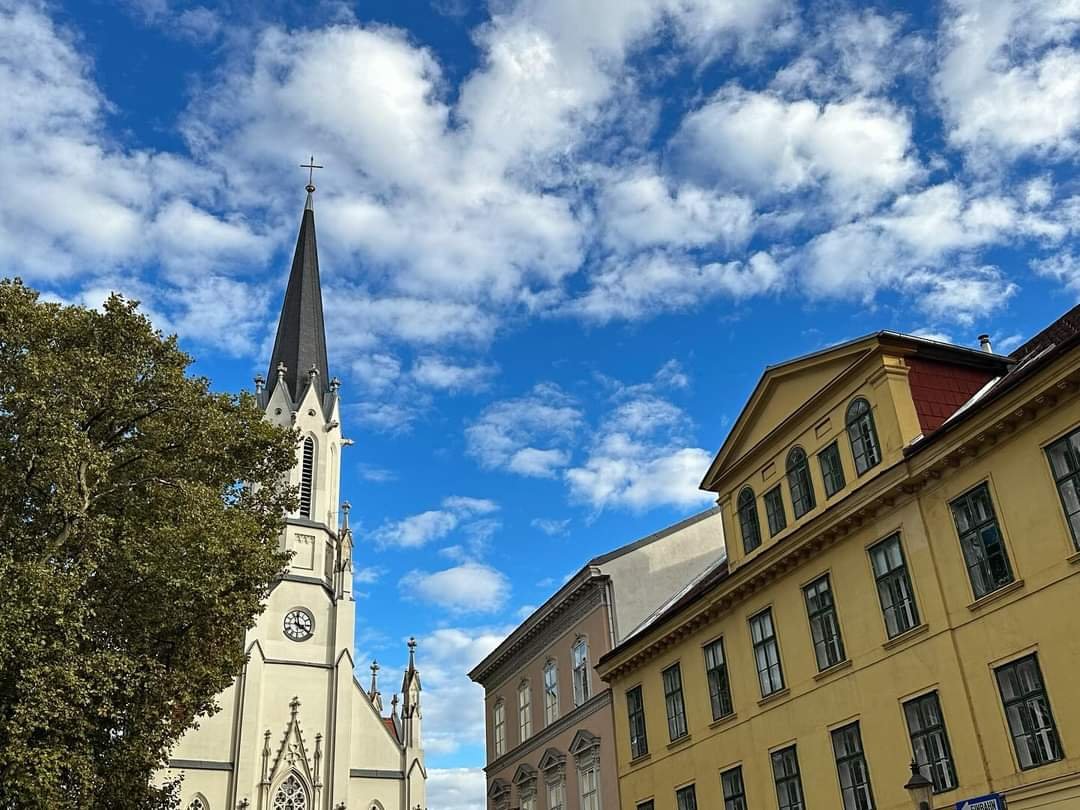

At the end of the 17th century, Emperor Leopold I commissioned a famous architect trained in Rome to build a baroque hunting residence for his son. Later, Empress Maria Theresa, the only woman to head the Austrian Empire, turned it into a summer residence. At that time, every summer the imperial family together with the royal court moved to Schönbrunn - that's more than 1000 people!

During the time of Maria Theresa, Wolfgang Amadeus Mozart himself played for the first time before the empress - then he was 6 years old and performed duets with his sister in the Hall of Mirrors. Among the famous inhabitants of the palace is Napoleon, who stayed here after twice successfully occupying the palace during his military campaigns.

During the time of Maria Theresa, Wolfgang Amadeus Mozart himself played for the first time before the empress - then he was 6 years old and performed duets with his sister in the Hall of Mirrors. Among the famous inhabitants of the palace is Napoleon, who stayed here after twice successfully occupying the palace during his military campaigns. The Schönbrunn Gardens were opened to visitors as early as 1780 and from the beginning became a favorite place for Viennese to stroll. In the French Garden, there is a tangled maze of hedges that you can try to find your way through.


The conservatory of Schönbrunn is the largest such structure in a royal palace, with that of Versailles second. When it was built in the late 18th century, it was fashionable in royal and noble residences to have a reading and meeting room with large windows where oranges (hence the name “orangerie”) and other exotic plants were grown. As it was the warmest place in the palace in winter, it quickly became home to celebrations and performances. Today, exotic flowers and butterflies are grown and concerts are held in the Greenhouse.








contest link: @axeman/the-world-of-xpilar-cityscape-photography-and-art-contest-week-179-14steem-in-prizes-submissions-post
organized by @axeman
supported by @xpilar
